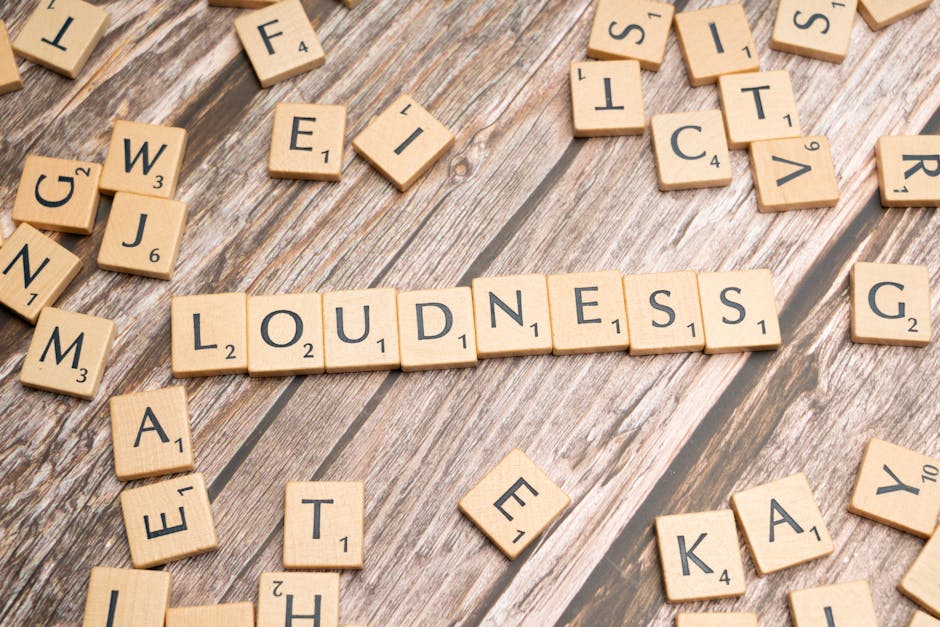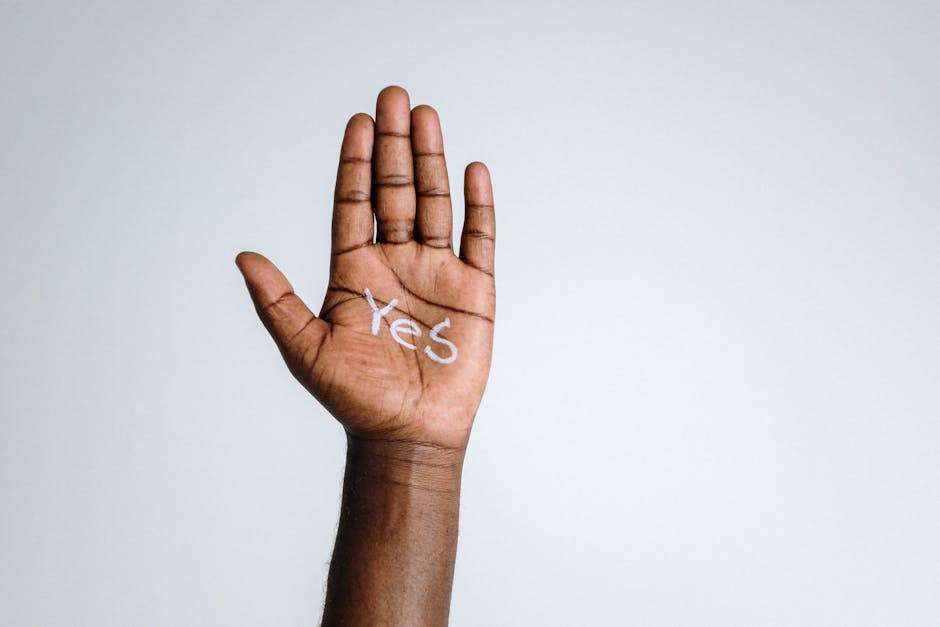What makes Power Words so potent in marketing? Picture this: the right Power Words can lift conversion rates by as much as 20%. Marketing expert Neil Patel says it best: “the right words can make all the difference in marketing.” In these next sections, you’ll step into the world of Power Words—discovering how to use them to spark engagement, drive conversions, and boost sales. Ready to make your marketing messages impossible to ignore?
Here’s a thought: what if you could write copy that truly connects with people, stirring emotion and prompting action? Power Words help you do just that. By the end, you’ll know how to select the most effective Power Words for your goals and audience, setting the stage for marketing that really sticks.
Table of Contents
1. What Are Power Words?
2. The Psychology Behind Power Words
3. How Power Words Influence Readers
4. Different Types of Power Words
5. Power Words in Marketing and Advertising
What Are Power Words?
Power Words are those words that stir emotion, prompt action, and deliver real results. They’re at the heart of countless successful campaigns. Picture phrases like “limited time offer” or “exclusive deal”—these craft urgency and scarcity, nudging readers to act quickly. The roots of Power Words go back to early advertising when the impact of persuasive language first came to light.
Some of the most familiar Power Words fall into categories such as:
- Emotional triggers: excitement, curiosity, urgency
- Persuasive effects: scarcity, exclusivity, social proof
Guess what: blending the right Power Words helps you write marketing copy that truly connects—delivering results that you and your readers can feel.
The Psychology Behind Power Words
The magic of Power Words lies in psychology—cognitive biases, emotional triggers, and the pull of social influence all play a role. Research shows these words tap into motivations, desires, and fears, nudging how readers think, feel, and act. Say “new” or “improved” and you spark excitement or curiosity; use “limited” or “exclusive” and the sense of urgency takes over.
Marketing author Robert Cialdini puts it simply: “the most effective Power Words are those that appeal to our fundamental human drives, such as the desire for social proof, authority, or scarcity.” It comes down to understanding your audience’s mindset and weaving in Power Words that ring true—there’s the real secret to success.

How Power Words Influence Readers
Power Words, also known as Influence Words, can shape how readers engage—think click-through rates, conversions, social sharing. The evidence speaks volumes: headlines with Power Words can lift click-through rates by 30%. These words don’t just grab attention; they shape perceptions, choices, and even brand loyalty.
One major retailer saw a 25% sales jump by layering in phrases like “exclusive offer” and “limited time deal.” Urgency and scarcity turned browsers into buyers. So, are you ready to see what happens when you put Power Words to work?
| Power Word Type | Example | Effect |
|---|---|---|
| Emotional Triggers | Excitement, Curiosity | Spark engagement and interest |
| Persuasive Effects | Scarcity, Exclusivity | Create a sense of urgency and importance |
| Sensory Language | Fresh, Delicious | Invoke sensory experiences and increase engagement |
Different Types of Power Words
Power Words come in several flavors: emotional triggers, sensory language, and persuasive phrases each bring their own strengths. Emotional triggers help forge a bond with your audience; sensory words paint vivid pictures they can almost taste or hear. That’s how copy lingers in the mind and stands out.
Marketing writer Ann Handley points out, “the most effective Power Words are those that appeal to our senses, such as words that evoke emotions, sights, or sounds.” Mixing and matching these word types lets you craft messages that stick—and inspire real results.
Emotional Triggers
Emotional triggers work by tapping into feelings like excitement and curiosity. They’re a cornerstone of effective marketing. Words such as “new” or “improved” incite anticipation, while “limited” or “exclusive” fuel urgency. Understanding your audience’s emotional state and meeting them there with strong words is half the battle.
Sensory Language
Sensory words aren’t just for poets. They make your message pop by helping readers imagine taste, sound, or texture. Research shows this approach increases engagement and memorability. Imagine describing a product as “fresh” or “delicious”—suddenly, your reader can almost taste it. When a leading food brand leaned on sensory descriptions, sales jumped by 30%.
Persuasive Expressions
Persuasive phrases build urgency or exclusivity, and they shape how readers choose. Lines like “limited time offer” or “exclusive deal” signal scarcity. As Cialdini points out, “the most effective persuasive expressions are those that appeal to our fundamental human drives, such as the desire for social proof, authority, or scarcity.” These are the details that tip the scales toward action.
Automate Conversions, Instantly Turns Traffic Into Leads & Sales
Don’t let visitors slip away! Quickly grow your subscriber list, attract more leads, and drive up sales with our AI-powered lead generation solution
The Role of Marketing Keywords and Power Words in Marketing and Advertising
Across the marketing landscape, Power Words crop up in everything from ads to social posts. Data backs up their value: using them in copy can lift conversion rates by up to 25%. They make headlines pop, slogans memorable, and posts more shareable—all while pushing engagement and sales higher.
The most effective Power Words are those that appeal to our senses, such as words that evoke emotions, sights, or sounds.
Ann Handley
Source: https://annhandley.com/
Using Power Words in Headlines
Great headlines grab attention fast, and Power Words are the key. Advertising legend David Ogilvy believed, “the headline is the most important part of the ad, as it determines whether the reader will read on or not.” Pick words that generate urgency, curiosity, or excitement—and your headlines will be hard to ignore.
Take a retailer’s campaign: headlines with “limited time offer” or “exclusive deal” led to a 30% jump in click-through rates. Why not give it a try in your next headline?
Incorporating Power Words in Website Copy
Sprinkling Power Words throughout your website brings a clear, consistent tone that draws readers in and keeps them engaged. Ann Handley says, “the most effective website copy is that which resonates with the target audience and uses Power Words that appeal to their emotions and needs.” When you use these words thoughtfully, you’re not just filling space—you’re building a connection readers remember.
Power Words for Social Media Engagement
Power Words breathe life into social posts. They can turn a simple tweet or caption into something readers want to talk about—or even share. One study found engagement rates increased by up to 30% when these words were part of the content. You can spark a sense of community, boost shares, and send more people to your site—simply by choosing your words with care.
Consider a brand that encouraged people to “join now” or “share with friends” in their campaign. Not only did engagement climb by 25%, but the energy around their brand soared. Ready to see what a well-placed Power Word can do for your social channels?

Common Mistakes With Power Words
Even powerful tools can backfire if misused. Overdoing Power Words or coming across as insincere can erode trust. Robert Cialdini cautions, “the most effective Power Words are those that are used authentically and transparently, without manipulating or deceiving the target audience.” The trick is to choose words that feel real—to you and your readers—so your message lands the right way.
How to Choose the Right Power Words
Selecting your Power Words comes down to one thing: knowing your audience. Ann Handley notes, “the most effective Power Words are those that appeal to the target audience’s values, needs, and motivations.” If you listen closely to your customers, you’ll know which words will move them—and your marketing will show it.
Testing the Effectiveness of Power Words
Testing isn’t just for scientists; marketers should experiment, too. Measuring which Power Words move the needle lets you fine-tune your strategy for better results. Studies show that A/B testing can boost conversion rates by as much as 25%. Tracking engagement, conversions, and ROI reveals what works and what doesn’t—giving you hard data for your next step.
One major brand ran A/B tests to compare different Power Words, leading to a 30% lift in conversion rates; it’s proof that the right language pays off. Are you ready to test your own copy and see what resonates?
Ethical Considerations When Using Power Words
Every tool has a responsibility attached. When using Power Words, there’s a line between inspiring action and manipulating emotions. Cialdini reminds us, “the most effective Power Words are those that are used responsibly and transparently, without manipulating or deceiving the target audience.” Choose words that motivate honestly; trust is the foundation of every lasting relationship in business.
Conclusion
When it comes to marketing, Power Words are a force—helping you engage, persuade, and connect. Learn their psychology, choose wisely, and watch as your messages start to stand out. Ann Handley sums it up: “the most effective Power Words are those that appeal to the target audience’s values, needs, and motivations, and are used authentically and transparently.” Isn’t it time to try a few yourself and see the impact firsthand?
Further Reading: The Ultimate Guide to Power Words
 The Ultimate Guide to Power Words
The Ultimate Guide to Power Words Conversion Optimization Techniques for Beginners
Conversion Optimization Techniques for Beginners